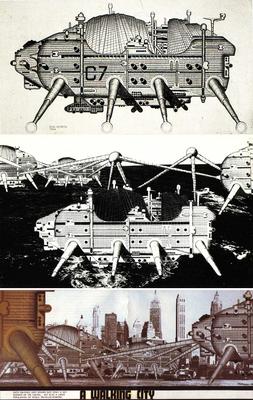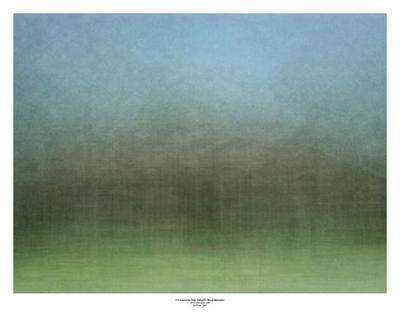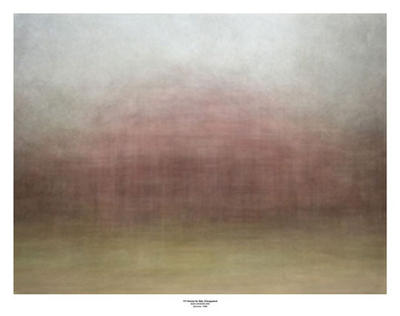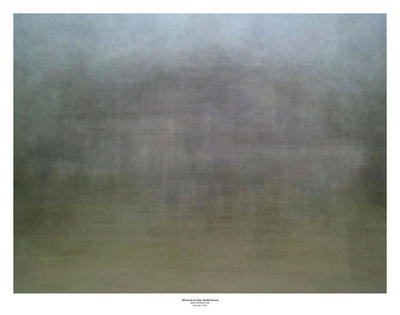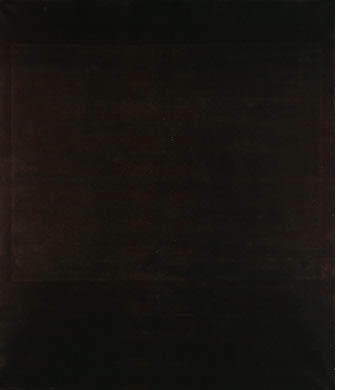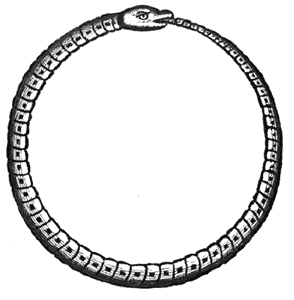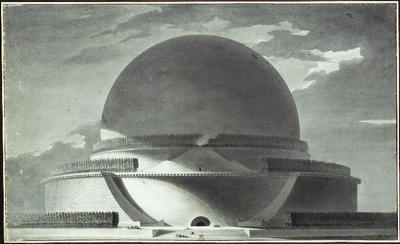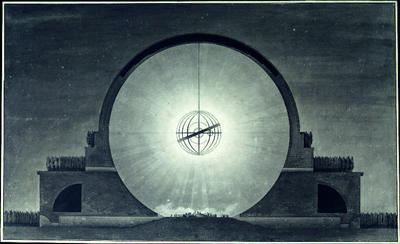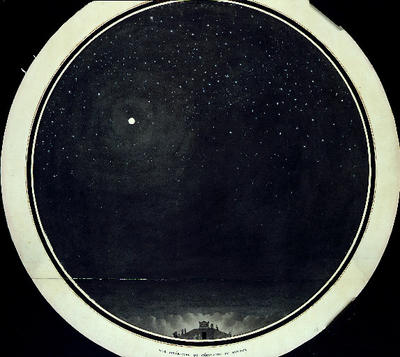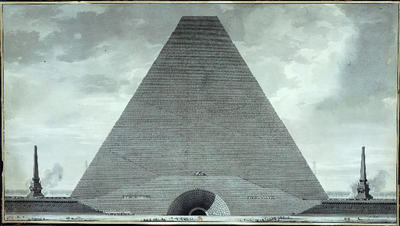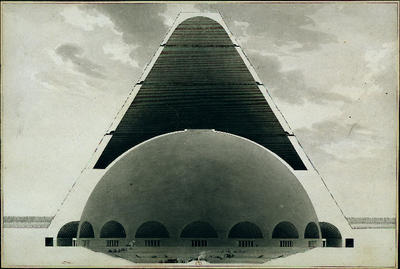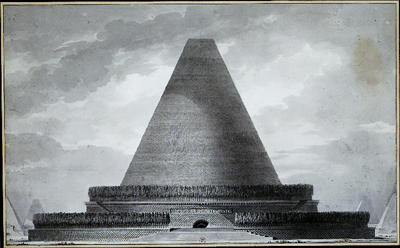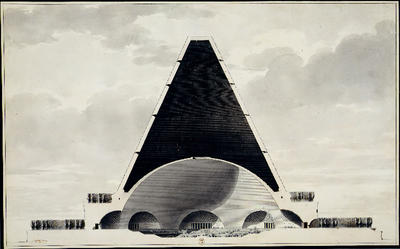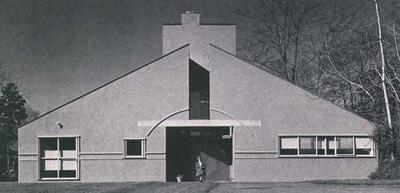On September 11th, 2005, Sam Roberts of The New York Times found himself wondering aloud how mighty island Manhattan could be evacuated in case of emergency.
“Today,” he writes, “four years after the Sept. 11th, 2001, attacks and in the wake of Hurricane Katrina, there is still no single plan to evacuate all of New York, which virtually no one believes is possible.”

No one?
Could this be it, then? The greatest opportunity of all time for an ambitious urban performance artist? To evacuate Manhattan? Leaving behind an unpopulated void of steaming sewer lines, windswept avenues? The entire archipelago reduced to silence, almost instantly prehistoric; birds soar in the self-reflecting absence between bank towers.
Forget David Blaine and his stupid transparent box over the Thames –
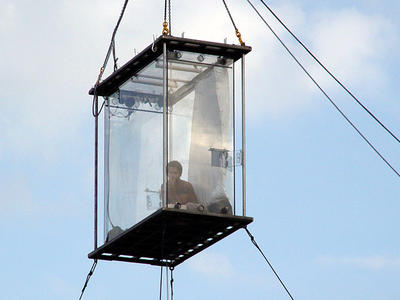
– you’ve just made 8 million people go to Weehawken.
So what would evacuating Manhattan actually look like? “‘It would not be easy and it would not be pretty,’ said Jerome M. Hauer, the city’s former emergency management director.”
Accordingly, we’re told to “imagine trying to move more than eight million New Yorkers – including the high number of people without cars – through streets that are clogged on an ordinary day and then through the tunnels and over the bridges that connect New York’s islands to the mainland and to one another.”
OK – but as Houston just proved, private car owners do not make large-scale evacuations any easier. In fact, leaving such evacuations to the private sphere – that is, to people who own and maintain private automobiles – is illogical from the very beginning.

[Image: Private automobile owners fleeing Hurricane Rita – now imagine them all trying to merge into Lincoln Tunnel].
Even so, the evacuation of Manhattan has been simulated for decades.
“[A]fter a test-run,” for instance, using “a flotilla of 20 ferries, barges and tugboats up the East River in 1951, officials figured [that] 100,000 [people] an hour could be spirited away for six hours; [but] then the flow ‘would taper off for lack of equipment'” – leaving everyone else to fend for themselves. (It is worth adding the obvious here: the population of Manhattan has grown substantially since 1951 – 600,000 people would hardly even be noticed).
Sensing disaster, someone soon proposed that the city could build “two cross-town expressways to speed the escape from Manhattan” – or, urban space as advance imprint of impending catastrophe.
Still, evacuating Manhattan “would be fraught with nightmarish challenges, like rescuing people from hospitals and nursing homes and reversing traffic flows. ‘It’s a matter of where you put all those people when you get them out of Manhattan,’ [Jerome M. Hauer] said.” (Have they considered Brooklyn?)
It is interesting, sarcasm aside, to consider what new feats of urban design could preemptively account for this future, inevitable evacuation of the iron island. A series of pedestrian bridges to New Jersey, perhaps? Or some helipads? Tax breaks for evacuation taxi drivers? Pedestrian tunnels, leading to Queens, Brooklyn, New Jersey, and even Staten Island?
A light rail? More boats?
Perhaps the entirety of the Lower East Side could literally stand up – buildings and all – and just walk away?
